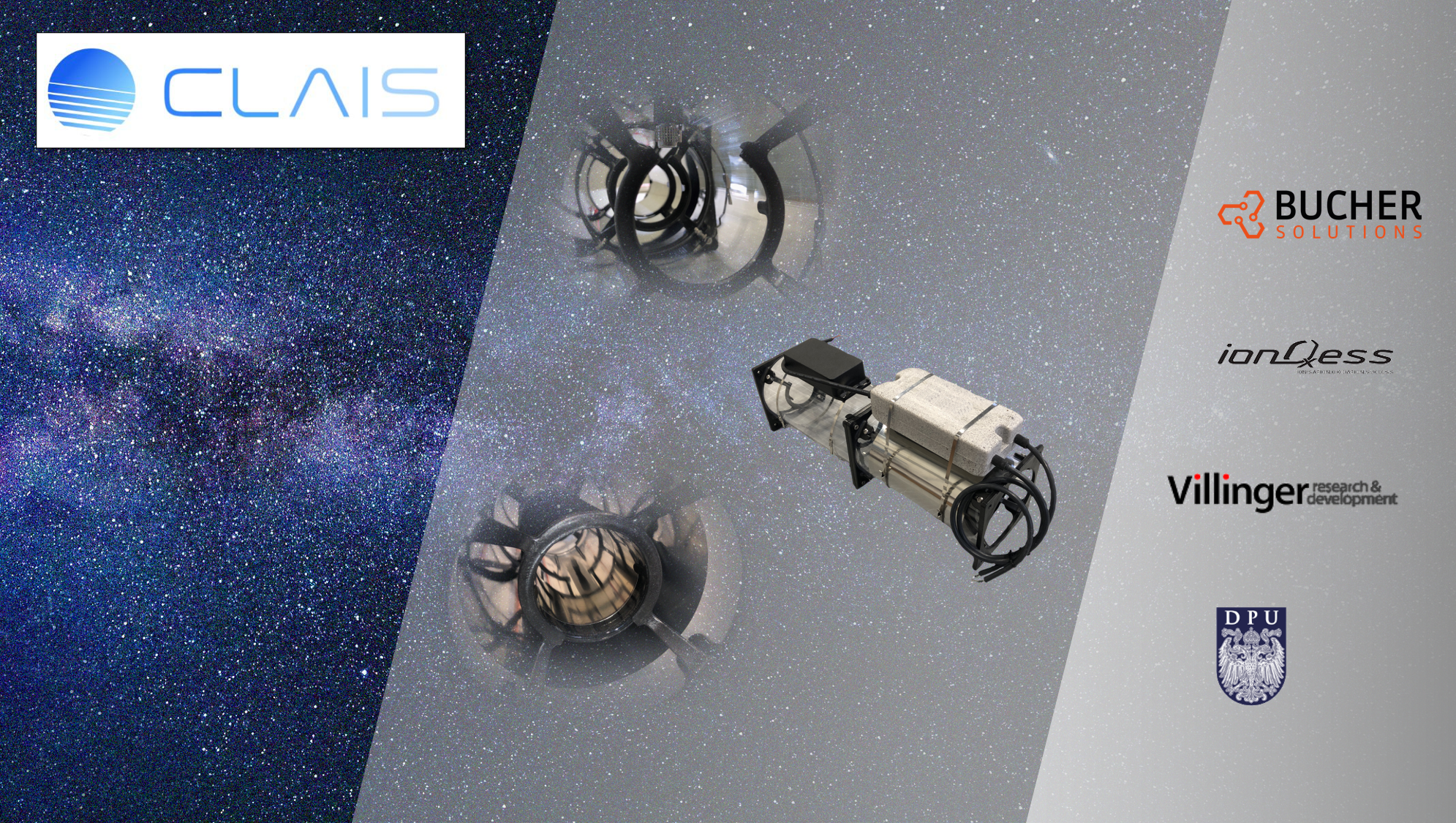Project CLAIS relates to the application of an innovative hybrid electrode design for disinfecion and purification of breathing air in space stations and spacecraft, with a focus on upgrading ISS' ACLS system. The concept is based on the utilization of two unique electrode designs which both have proven capabilities of superior decontamination and particle removal from air and do not emit undesired byproducts such as ozone. In order to guarantee highest disinfection efficacy, the functional priciples of enhanced electrostatic (electrokinetic) decontamination and utilization of hydroxyl radicals is envisaged. Hydroxyl radicals react electrophysically with microorganisms and exhibit a strong denaturing (inactivating) effect towards bacteria, fungi and viruses. A novel electrode design will generate a high amount of hydroxyl radicals and while ozone-emission during operation is kept below the limit of detection. The overall objective of CLAIS (Clean Air In Space) based on the foreseen hybrid system is to combine both technologies and develop a system compliant to the specific requirements of manned space travel. The system will have the following specifications: -Reduction of pathogen concentration in air by at least log 5 -Elimination of mold and fungal growth -Neutralization of odor & VOCs -Clean air by reduction of the amount of dust to a particle size up to 1/10mm such as skin particles and shed -Minimum maintenance Maintenance of HEPA filters poses a risk since the captured pathogens may be re-released into the air because they were not inactivated. Furthermore, a filter matrix is deemed hazardous waste which has to be disposed. According to “EUROPEAN SPACE TECHNOLOGY HARMONISATION PROPOSED WORK PLAN 2023 AND LIST OF TECHNOLOGIES EARMARKED FOR 2024 & 2025” this idea will be part of the ID 22 “Environmental Control Life Support (ECLS) and In-Situ resource utilization (ISRU) with the focus on air revitalisation.

